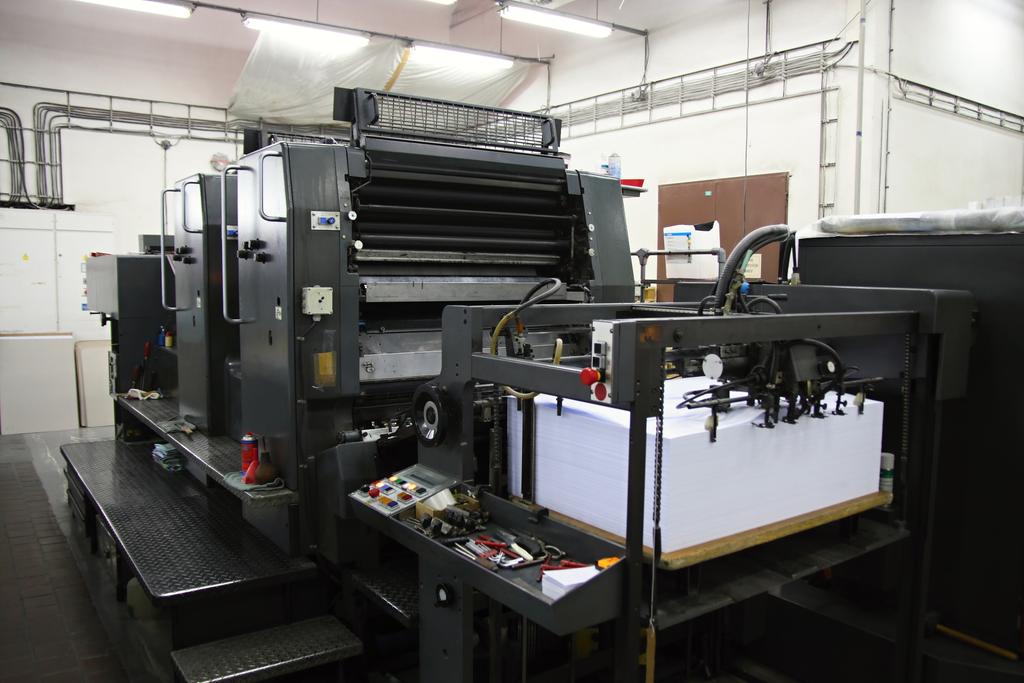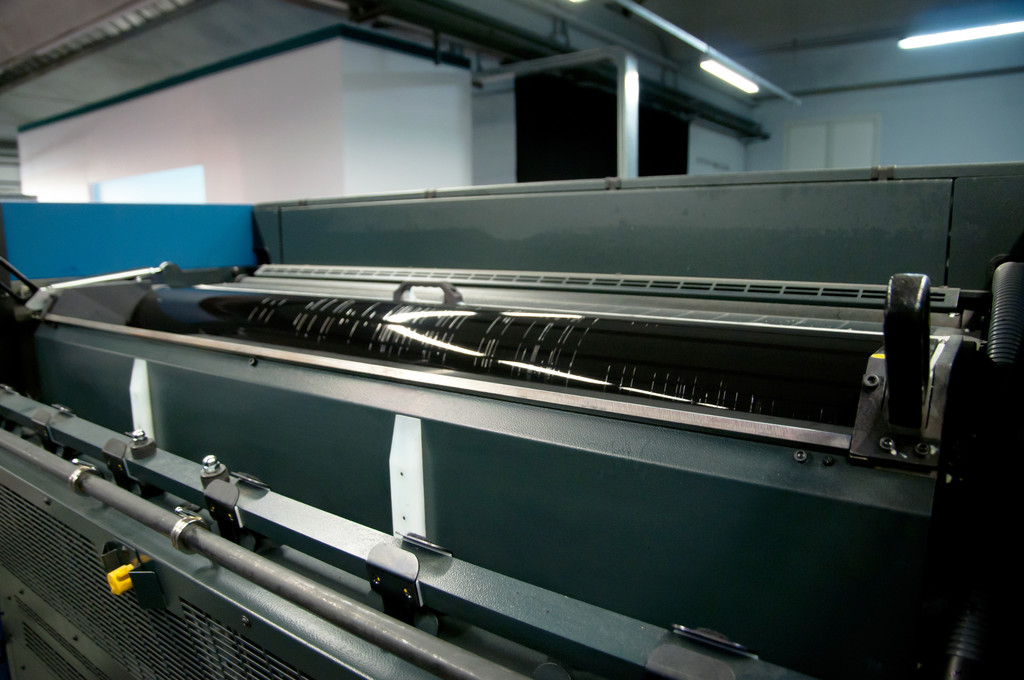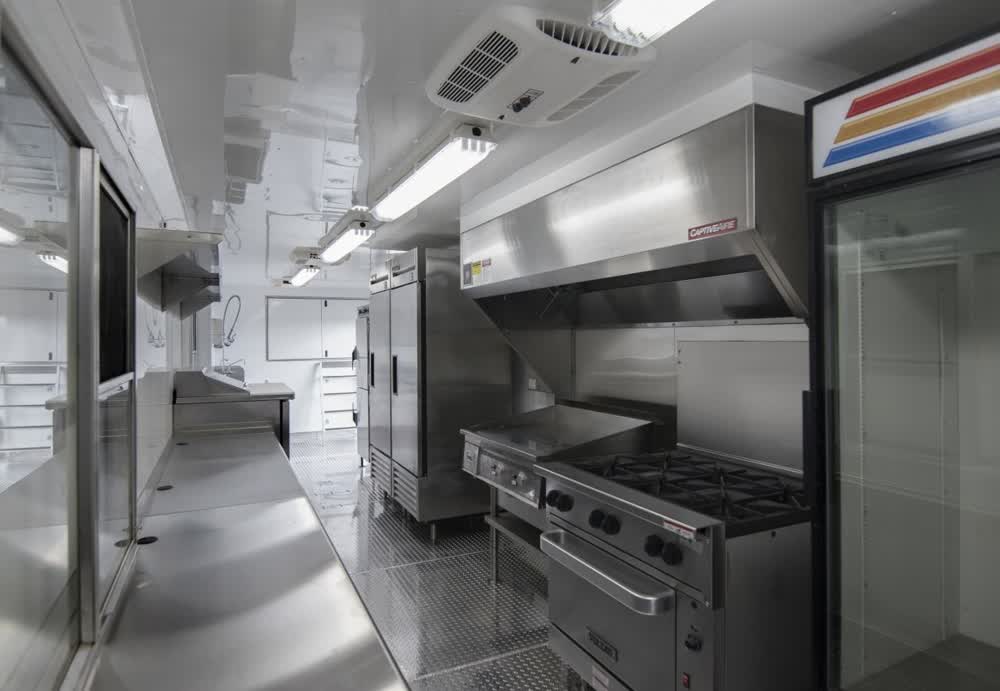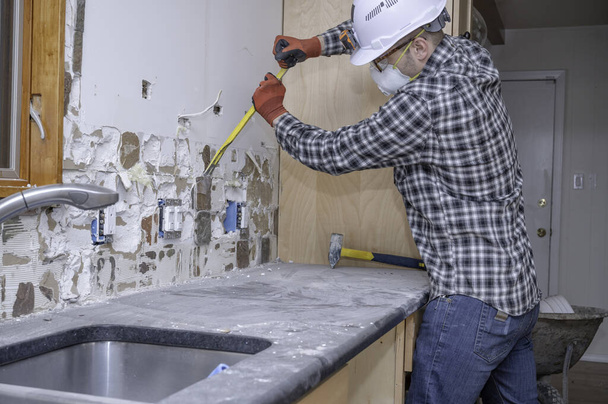Boise, the capital city of Idaho, is renowned for its scenic beauty and a vibrant blend of modernity and tradition. Among the many aspects of technological advancement, printers have played a significant role in shaping the city’s business landscape. From the humble beginnings of mechanical typewriters to the cutting-edge digital printers of today, Boise’s printing industry has undergone a remarkable transformation.

This article explores the evolution of printers in Boise, their impact on businesses and individuals, and the future prospects of this dynamic field.
The Early Days of Printing in Boise
Like in many other places, the early days of printing in Boise were characterized by rudimentary devices that required manual operation. Around the mid-19th century, the printing press found its way to Boise, and it became the cornerstone of local newspapers and publishing houses. Hand-operated letterpress machines churned out newspapers, pamphlets, and books, allowing information dissemination on a scale never before seen in the region.
As technology advanced, the demand for more efficient printing methods increased. By the late 19th century, Boise saw the arrival of steam-powered printing presses, further streamlining the printing process and boosting productivity. The newspaper industry boomed, connecting the people of Boise with the outside world and nurturing a sense of community.
The Digital Revolution: Changing the Face of Printing
The late 20th century witnessed a monumental shift in printing technology with the advent of digital printers. This transformative technology replaced traditional mechanical setups with digital files and electronic data transfer. Boise’s printing industry quickly embraced this revolution, leading to faster turnaround times, higher print quality, and more cost-effective solutions.
Digital printers provided businesses in Boise with unparalleled flexibility, enabling on-demand printing for marketing materials, brochures, and promotional items. Small businesses and startups benefitted immensely, as they could now produce materials in smaller quantities without incurring exorbitant setup costs. This democratization of printing allowed for greater creativity and experimentation in design and marketing strategies.
Specialized Printing Services
As Boise’s economy diversified, so did the printing needs of various industries. Specialized printing services emerged to cater to specific requirements. Large format printers, for example, became essential for advertising and marketing companies in need of eye-catching banners and posters. Architectural firms relied on them for detailed blueprints and plans.
Additionally, the rise of 3D printing technology opened up new avenues for manufacturing and rapid prototyping in Boise. Industries such as aerospace, healthcare, and automotive benefited from 3D printing’s ability to create complex parts with precision and efficiency. Prototyping and product development became faster, more affordable, and accessible to businesses of all sizes.
Environmental Concerns: Embracing Sustainability
As the world became increasingly aware of environmental issues, Boise’s printing industry took proactive steps to address its ecological footprint. Many printing companies adopted sustainable practices, such as using eco-friendly inks, recycling paper waste, and investing in energy-efficient printing equipment. Customers began seeking out printing services that aligned with their environmental values, encouraging further innovation in sustainable printing technologies.
Furthermore, the concept of print-on-demand gained traction, reducing unnecessary waste from overprinting. Digital storage and cloud-based solutions also minimized the need for physical documentation, decreasing paper usage. Boise’s printing industry actively promoted green initiatives, contributing to the city’s reputation as an eco-conscious community.
Challenges and Opportunities
While the digital revolution brought numerous benefits, it also presented challenges to the printing industry. Online media and electronic communication posed a threat to traditional printing, as businesses and individuals turned to digital channels for information dissemination. However, Boise’s printers adapted to this changing landscape by offering integrated services, combining both print and digital media to provide holistic solutions.
Additionally, the rise of online printing services, which allowed customers to design and order printed materials online, presented competition to local print shops. To stay relevant, printers in Boise focused on providing exceptional customer service, quick turnaround times, and specialized expertise that online platforms couldn’t replicate.
The Future of Printing in Boise
Looking ahead, the future of printing in Boise remains promising and dynamic. Advancements in printing technologies will continue to shape the industry, with a particular focus on eco-friendly solutions. Continued innovation in 3D printing will likely lead to more widespread adoption in various sectors, including healthcare, engineering, and education.
Moreover, the convergence of printing and digital technologies will offer exciting possibilities for interactive and customizable print experiences. Augmented reality (AR) and virtual reality (VR) integration may enable customers to engage with printed materials in new and immersive ways.

In conclusion, the printers in Boise have come a long way from the days of manual letterpress machines to the digital era of high-tech printing solutions. Their adaptability, sustainability efforts, and customer-centric approach have allowed them to thrive amidst technological advancements and changing consumer preferences. With a strong foundation and a willingness to embrace innovation, the future of printing in Boise looks promising, making the city a hub of cutting-edge printing services for years to come.
Learn more at Wiki as well.








































